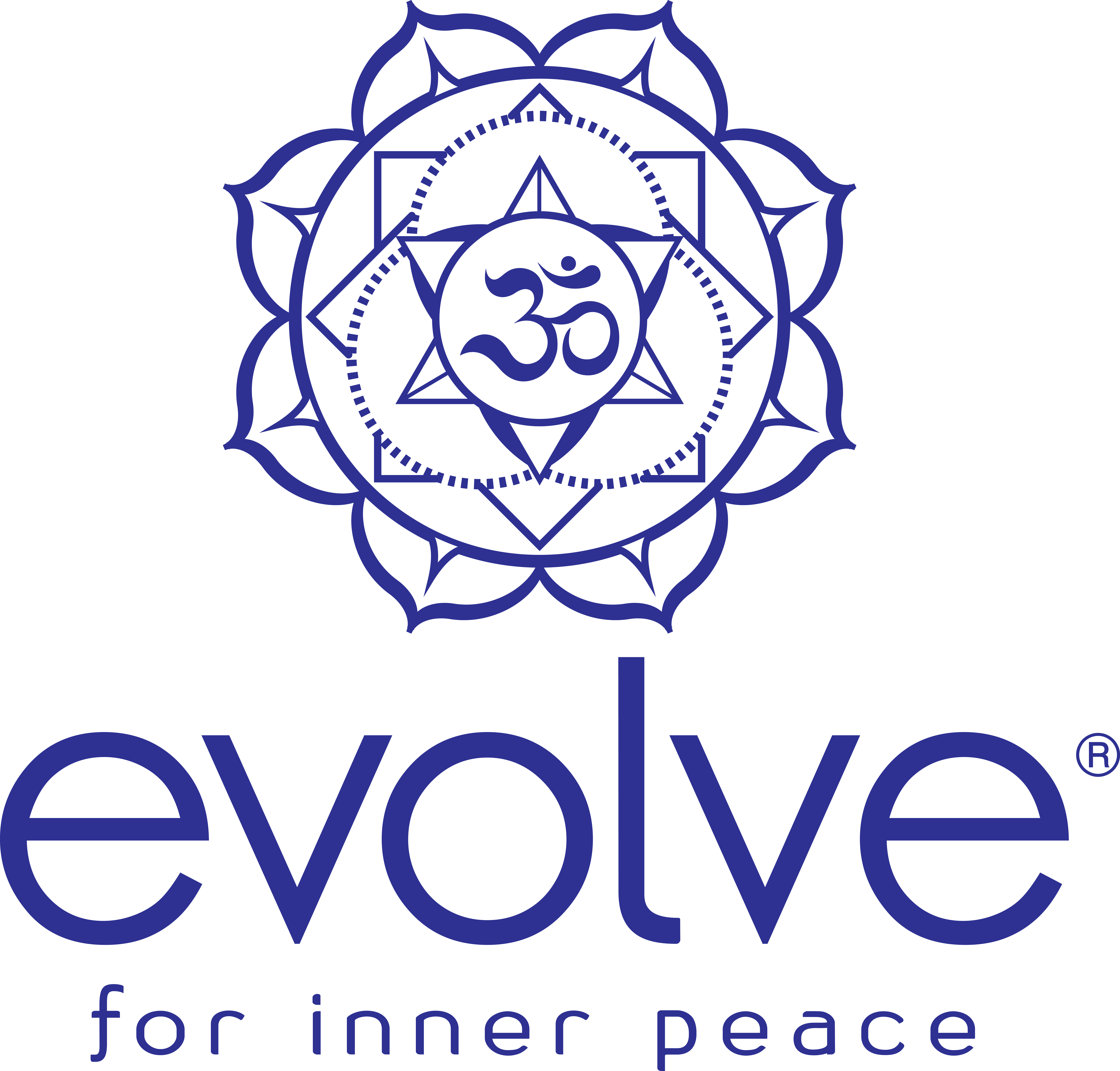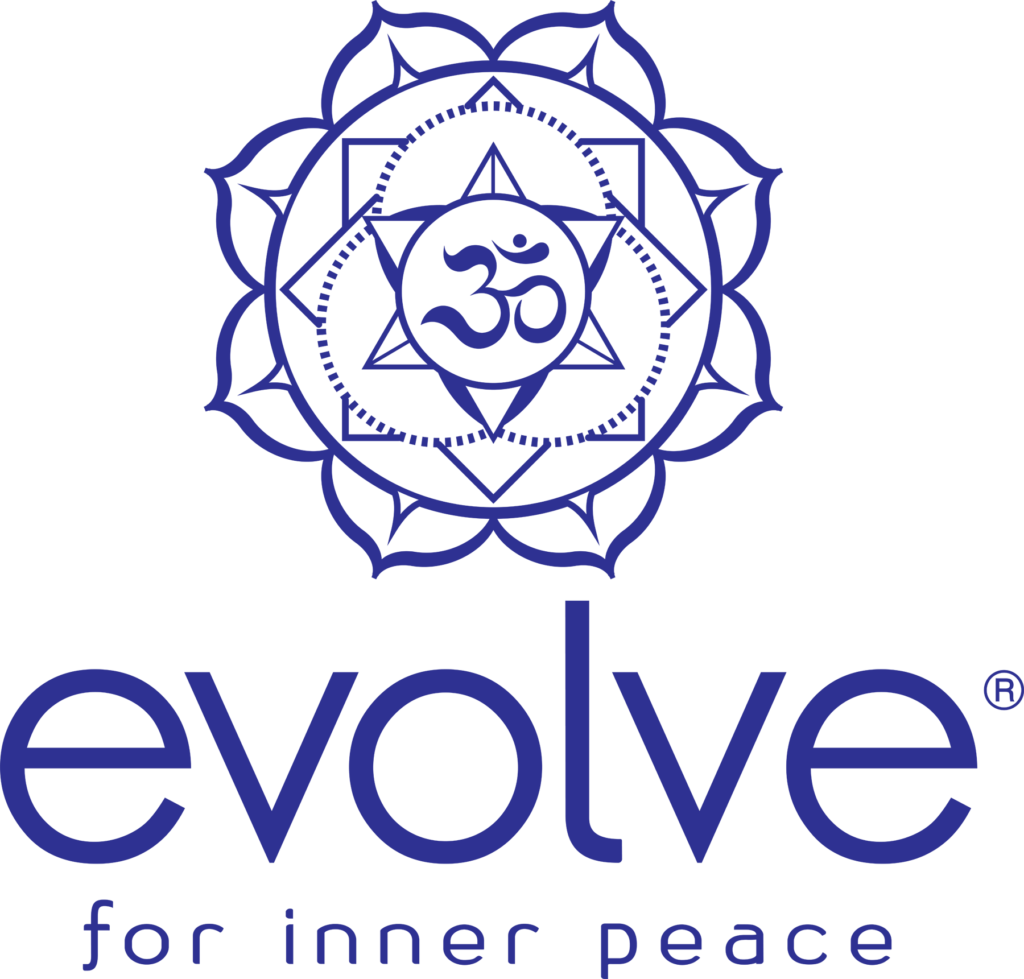 Sound healing is found in various forms throughout most of human history. It was practiced by the ancient Greeks and the Egyptians, among others. These techniques can be found in the Vedic scriptures of India and the shamanic lineage of the Navajo and other indigenous peoples, and they are enjoying a resurgence in the modern world.
Sound healing is found in various forms throughout most of human history. It was practiced by the ancient Greeks and the Egyptians, among others. These techniques can be found in the Vedic scriptures of India and the shamanic lineage of the Navajo and other indigenous peoples, and they are enjoying a resurgence in the modern world.
“The process of moving into higher states of being begins with dissonance. During dissonance, our life becomes challenged. The more we deny our challenge, the greater the dissonance becomes. We must seek change and seek resolutions from a higher perspective!”
– John Beaulieu, N.D., Ph.D.
The benefits of sound as a form of therapy are myriad. It is simple and cost effective, it’s completely non invasive, and it can relax the mind, body and spirit into a state of balance and harmony. Through the use of vocal toning, tuning forks, tibetan or crystal bowls, gongs, drums, rattles and many other instruments, sound healing can deliver a nuanced experience of revitalizing states of being.
 All things at the atomic and sub atomic level are pulsing and vibrating with their own specific frequency, and that includes every cell and molecule in the human body.
All things at the atomic and sub atomic level are pulsing and vibrating with their own specific frequency, and that includes every cell and molecule in the human body.
When parts of the body are unwell it sets the entire instrument off key like a violin with a badly tuned string. We can retune these energies using sympathetic vibrations and resonance.
A well established principle that underpins much of the research in sound healing is called entrainment. Entrainment was discovered in 1665 by the Dutch scientist who invented the pendulum clock, Christian Huygens. He discovered that pendulums hanging together on the same wall for several hours will eventually synchronize and begin swinging at the same speed. Because it takes less energy for the two objects to pulse in cooperation, the less powerful vibration eventually locks itself into the more powerful vibration and they begin swinging at the same speed. This is called entrainment.
Sound healing utilizes entrainment and resonance to balance the body, mind and soul. Weakened or chaotic vibrations are entrained with steady and powerful sounds that are tone targeted for specific parts of the anatomy, psychology or spirit.
 We are intuitively aware of the structure of sound and harmonics when we are in a good, resonant, acoustic space, such as a church or amphitheater. In these spaces, harmonics are accentuated and a richer sound is produced. When we hear music rich in harmonics, like Gregorian or Tibetan chanting, classical Indian sitar and vocals or classical Baroque, they induce an altered state of consciousness; the harmonic entrainment of high quality sound can actually shift our brainwaves into a more relaxed psychological and physiological state.
We are intuitively aware of the structure of sound and harmonics when we are in a good, resonant, acoustic space, such as a church or amphitheater. In these spaces, harmonics are accentuated and a richer sound is produced. When we hear music rich in harmonics, like Gregorian or Tibetan chanting, classical Indian sitar and vocals or classical Baroque, they induce an altered state of consciousness; the harmonic entrainment of high quality sound can actually shift our brainwaves into a more relaxed psychological and physiological state.
Modern sound healers often also employ specific tones called solfeggio frequencies and their harmonics. Solfeggio frequencies make up the 6-tone scale thought to have been used in sacred music, including the beautiful and well known Gregorian Chants. The chants and their special tones were believed to impart spiritual blessings when sung in harmony. Each Solfeggio tone is comprised of a frequency required to balance your energy and keep your body, mind and spirit in perfect harmony.
 Another powerful technique is the skillful application of Intervals. We feel and work with the energies of dissonance and consonance constantly throughout our lives. Our feelings thoughts and perceptions about the world we live in are either consonant with truth or in a state of dissonance. Sound healers playing two or more frequencies simultaneously create what are called intervals. The tone of the interval depends on the distance between frequencies and when different harmonics are created they can be either dissonant or consonant to our senses and our being.
Another powerful technique is the skillful application of Intervals. We feel and work with the energies of dissonance and consonance constantly throughout our lives. Our feelings thoughts and perceptions about the world we live in are either consonant with truth or in a state of dissonance. Sound healers playing two or more frequencies simultaneously create what are called intervals. The tone of the interval depends on the distance between frequencies and when different harmonics are created they can be either dissonant or consonant to our senses and our being.
Sound healing uses different scales and intervals to move energy and unblock imbalances that we may have in the mind or body. Dissonant intervals may be used to stir up emotions or break through blocks, and consonant intervals restructure the energy, salving the wounds of the soul.
By using the different states created by different intervals, we can help integrate mind, body and emotion to connect with our true being. The infinite range of intervals is what makes up the tapestry of life. It is from our dissonant experiences that we learn and grow as human beings and we need them to develop our fullest potential. It is from our consonant experience that we find the meaning and depth of goodness in existence and we need that stability to continue playing the game.
Michael Sunspirit

